What came before the dinosaurs? A photo essay
The new fossil display at Maropeng commemorates the 90th anniversary of the University of the Witwatersrand (Wits). The display offers a sneak peek at the rich fossil collection of Wits’s Bernard Price Institute, with a focus on reptiles that roamed the Earth before the dominance of dinosaurs.
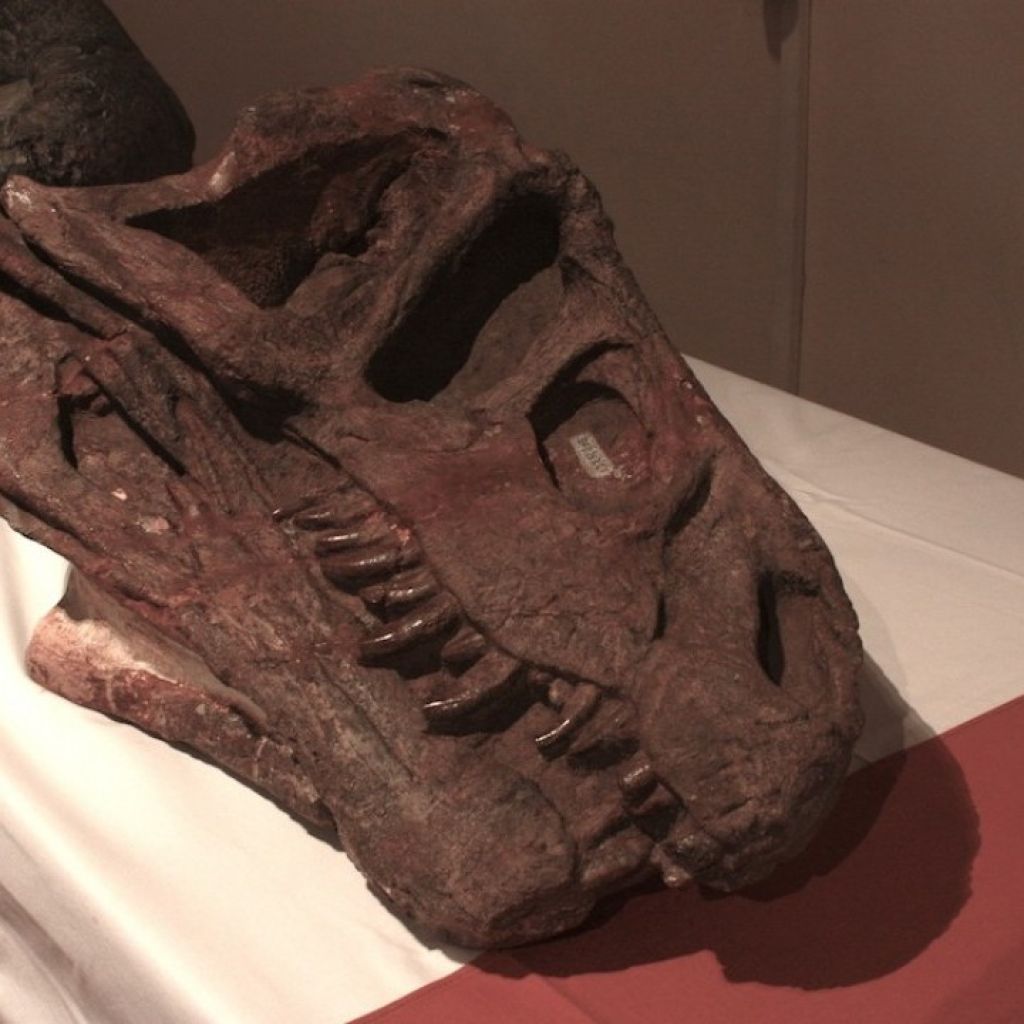
Erythrosuchus africanus was 4m to 5m long and built like a deep-bodied crocodile. Its tall, relatively lightly built narrow head consisted mainly of huge jaws, each armed with a row of vicious teeth, finally serrated like steak knives. It was undoubtedly the top predator of its time. It was an ambush predator that lay in wait for unsuspecting prey, rushing out to kill and devour with great slashing teeth.
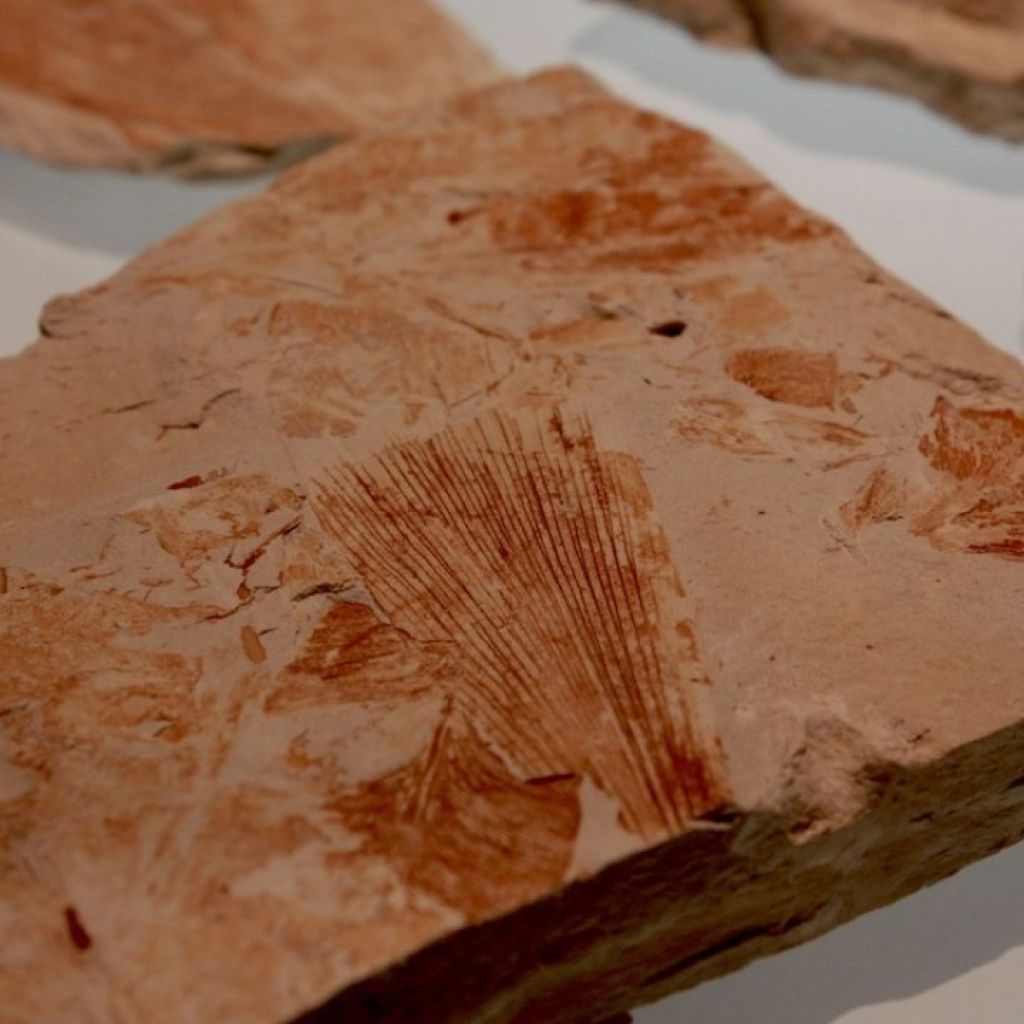
Glossopteris is the generic name for the leaves of a group of seed ferns that dominated the floras of Gondwana during the Permian Period (between 290-million and 248-million years ago); remains of this plant make up the bulk of southern hemisphere coal deposits today.
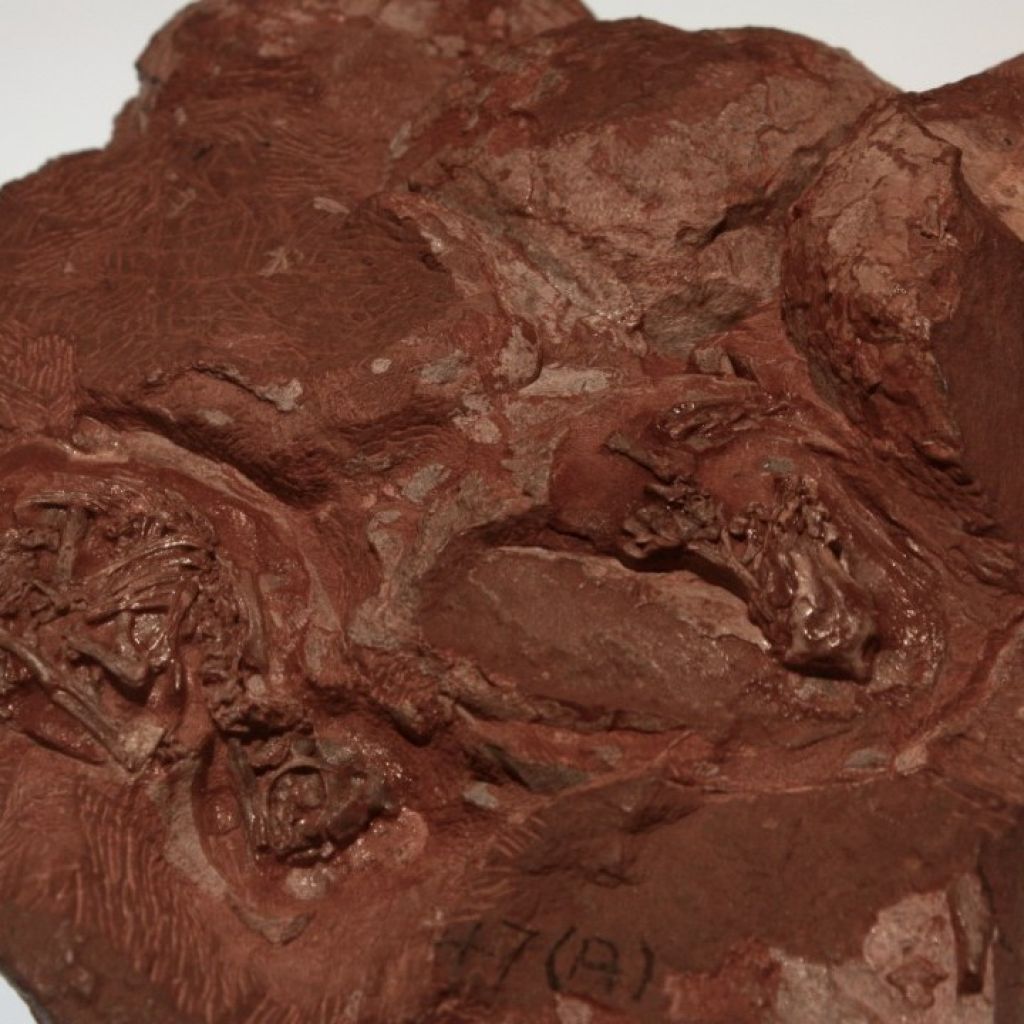
One day, 195-million years ago, a mother dinosaur laid a clutch of six eggs. Inside the eggs, the tiny embryos grew to the point of hatching. One dinosaur chipped its way out of its egg, hatching into a harsh environment, which was growing drier with time. The tiny reptile was helpless, with no teeth, and depended on its parents to find it food, give it warmth and nurture it.
A second sibling from the clutch started to hatch, its head just emerging from its shell when disaster struck – a giant sandstorm was gathering on the horizon. It rolled across the landscape in a terrifying ball of sand and wind, picking up dust and growing as it went. Just as the tiny Massospondylus was struggling to break out of its shell, it was covered, smothered by the dust storm, never to be properly born.
A third Massospondylus, perfectly rolled in its egg and about to hatch, was also covered in the storm.
The lack of teeth and ungainly body proportions strongly suggest some degree of parental care of those that hatched. If this is true, it is the oldest evidence of dinosaurian parental care.
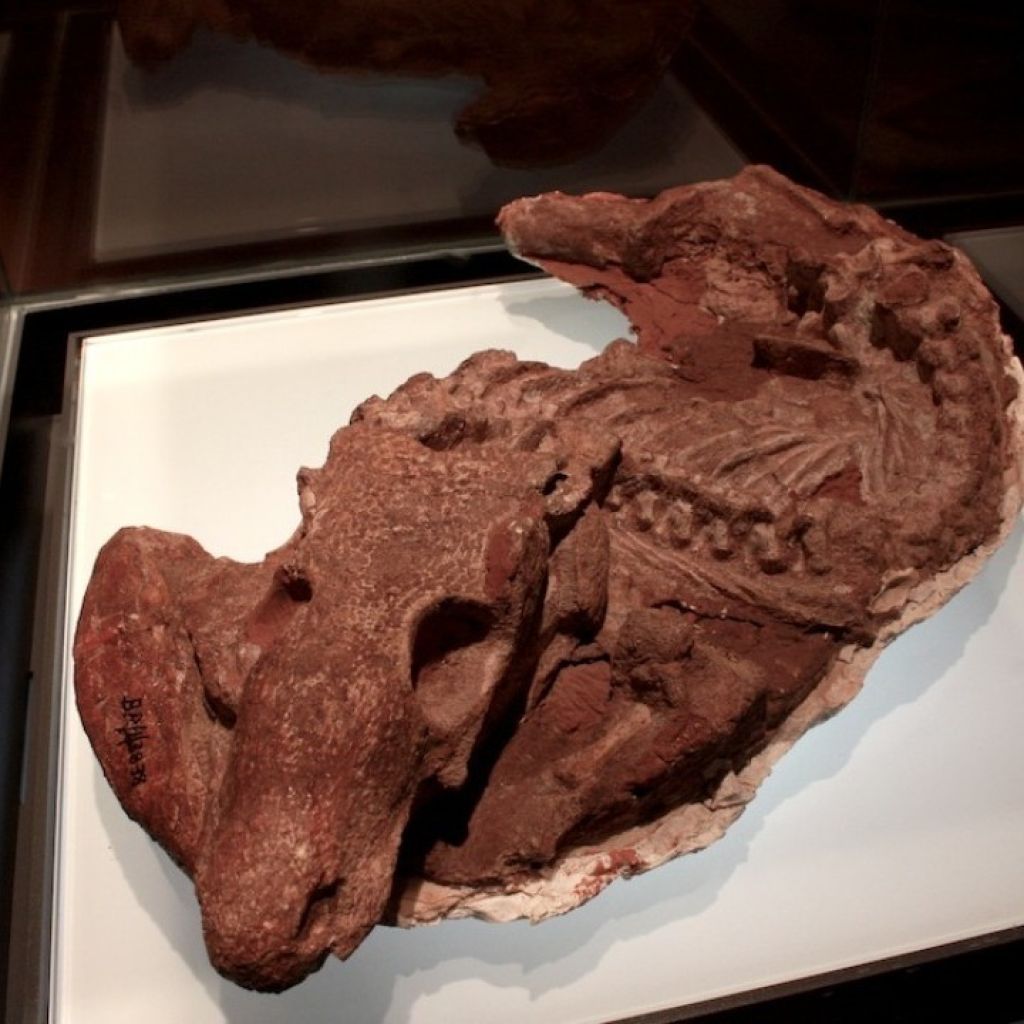
The Bernard Price Institute’s archives contain specimens not only from Southern Africa, but from around the world as well. This specimen was collected by renowned palaeontologist James Kitching to use as a comparative piece with other fossils from South Africa.
Labidosaurus is an extinct genus of anapsid reptile from the Permian Period of North America. Labidosaurus was heavily built, resembling a lizard with a large head, and measuring about 75cm long. It had, unlike many other captorhinids, a single row of sharp, conical teeth in its jaws, and its dietary habits are assumed to have been omnivorous.
A lower jaw of Labidosaurus was described in 2011 that shows evidence of osteomyelitis, or an infection of the bone. It is the earliest known example of an infection in a land vertebrate. The infection probably developed because the pulp cavity of a broken dentary tooth was exposed to bacteria.
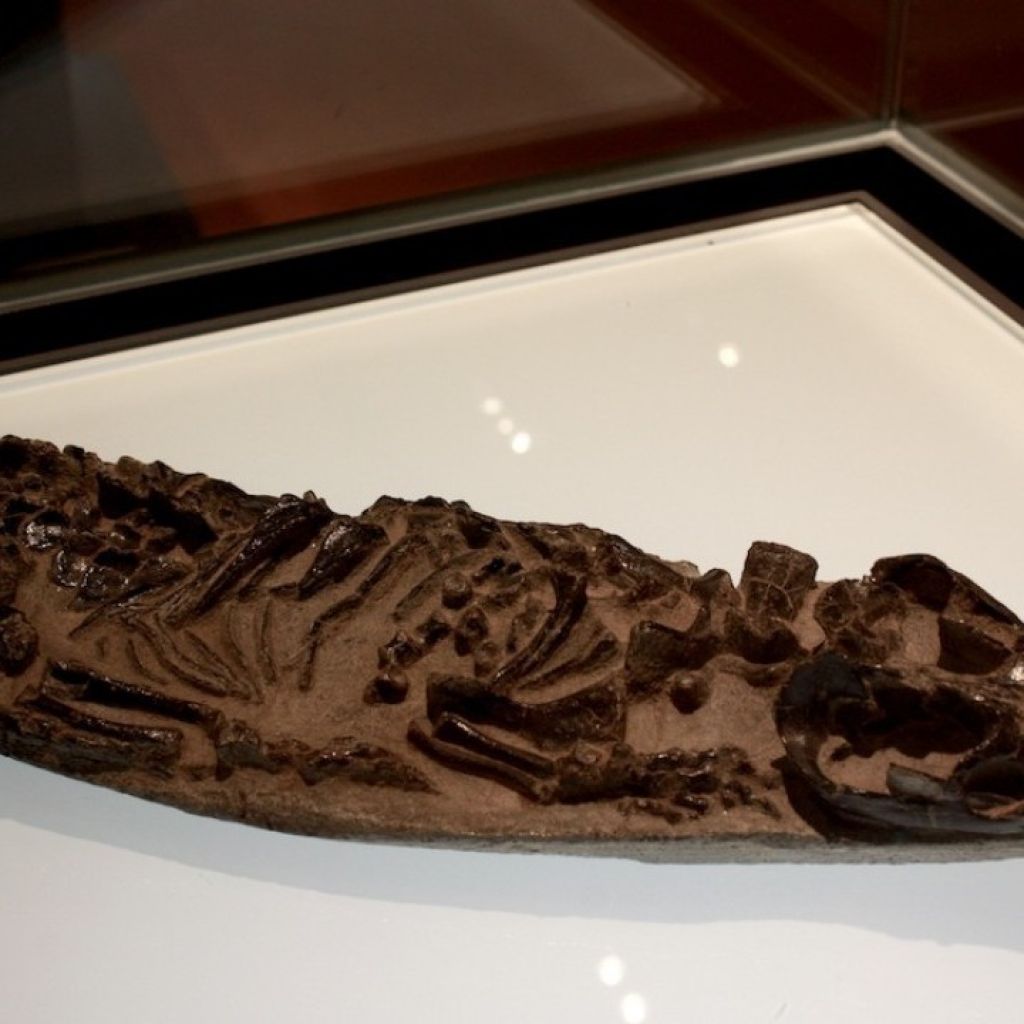
Thrinaxodon was a genus of cynodont that lived during the Triassic Period (248-million to 245-million years ago), notable for being a transitional fossil. The two known species ranged in size from that of a small badger (50cm) to an ermine (30cm long). Pits on the skull suggest that Thrinaxodon may have had whiskers, but whether it also had fur is debated. In response to the wide daily temperature swings of the early Triassic, it may have been eurythermic, able to function at a broad range of temperatures; this could have laid the groundwork for the development of homeothermic endothermy. Like its predecessors, Thrinaxodon laid eggs, and there were many reptilian features in its skeleton.
Its remains have been found in South Africa and Antarctica, supporting the notion that the two continents were once joined together.